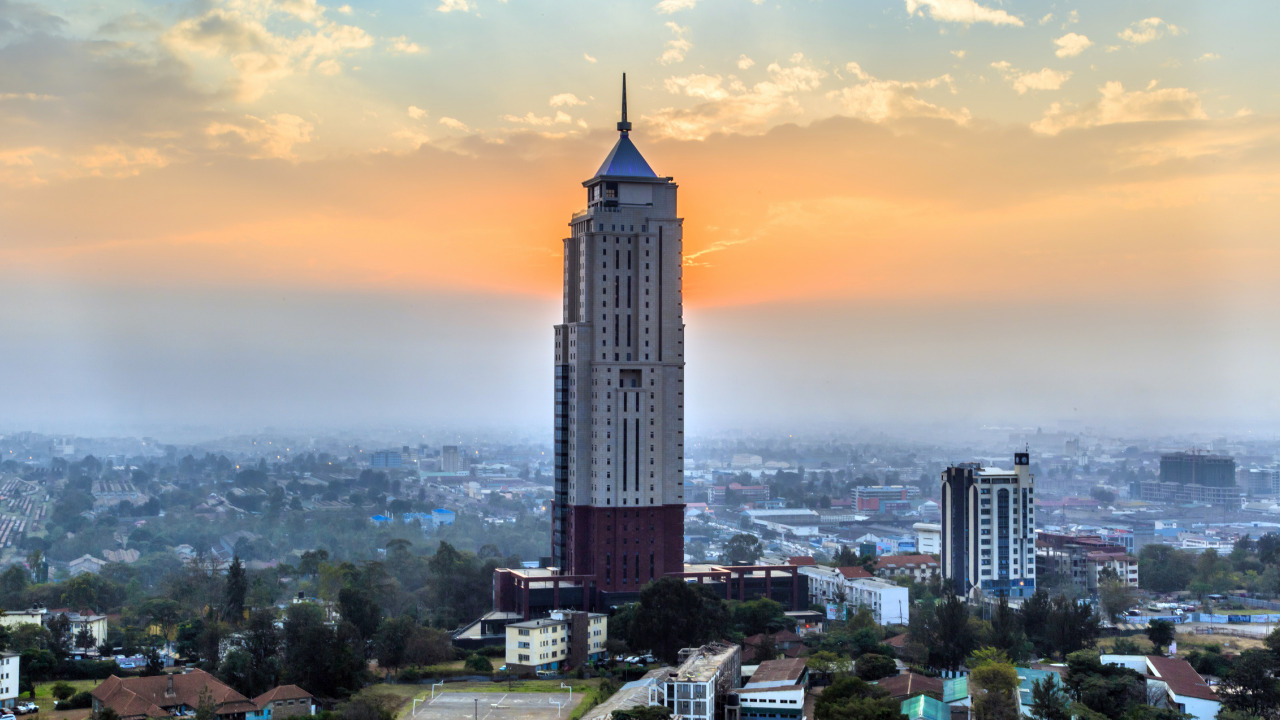Date first published: 11/08/2022
Key sectors: all
Key risks: policy continuity; political stability; economic; business
Risk development
On 9 August, Kenya held its seventh presidential election, bringing President Uhuru Kenyatta’s turbulent two terms to an end. Approximately 22.1 million people registered to cast their ballots in elections for 1,882 elective posts, including the president, governors, senators and parliamentary representatives. Although there are four candidates running for the presidency, only two stand out as frontrunners, namely current Deputy President William Ruto of the Kenya Kwanza Alliance and former prime minister Raila Odinga of the Azimio la Umoja coalition. As of 11 August, preliminary results show Odinga receiving 49.57 per cent of the vote, while Ruto managed to garner 49.75 of the votes. If no candidate receives over 50 per cent of the vote, there will be a second round of voting.
Why it matters
The country is struggling to recover from the COVID-19 pandemic and has seen food and fuel costs soar in recent months. The presidential campaigns have primarily focused on issues such as the rising cost of living, unemployment, the ailing economy and corruption – with Ruto and Odinga promising solutions. The two candidates have diverged on what to do about the rising debt, with Odinga promising to restructure and reprofile the country’s liabilities if he wins. Ruto has refused to restructure the country’s debt and stated a willingness to halt further borrowing if he wins. In recent years, the government has pursued large infrastructure projects, incurring large amounts of debt and putting the country at “high risk of distress”, according to the IMF.
Background
Shifting political allegiances have characterised the build-up to the election. In February 2022, President Kenyatta endorsed long-time political rival Raila Odinga. Odinga’s endorsement came after Kenyatta dismissed Ruto as deputy president of the ruling Jubilee party. Ruto was initially anointed by Kenyatta as his successor but found himself marginalised after Kenyatta and Odinga ended their rivalry. Despite having served as deputy president under Kenyatta’s government, Ruto positioned himself as a leader looking to upend the status quo and run as an anti-establishment candidate.
Ruto ran on a populist campaign and attempted to appeal to the youth, emphasising his ‘rags to riches’ background. Ruto promised to inject KSH200bln (US$1.68bln) into the economy to create jobs. Ruto ran a campaign around wrestling power away from the political elites, referring to Odinga and President Kenyatta.
Odinga is contesting the election for the fifth time, though he has come close to victory twice before. Odinga ran on an anti-corruption campaign, pledging to pay poor and vulnerable households KSH6,000 (US$50) per month in his first 100 days in office. Odinga also promised to create a healthcare plan called BabaCare.
Risk outlook
The risk of significant policy deviations remains low. Despite differing election campaigns, neither candidate is likely to significantly upend the policy and legislative environment. In the event of an Odinga victory, the policy environment is expected to remain largely the same. President Kenyatta will likely play a significant role in an Odinga administration and will seek to maintain the current status quo.
Meanwhile, there is little evidence to suggest that Ruto will embark on any significant policy changes such as shifting towards nationalism or socialism. In fact, Ruto has remained largely supportive of Kenyatta era policy positions and has been a market-friendly statesman during his time in office.

